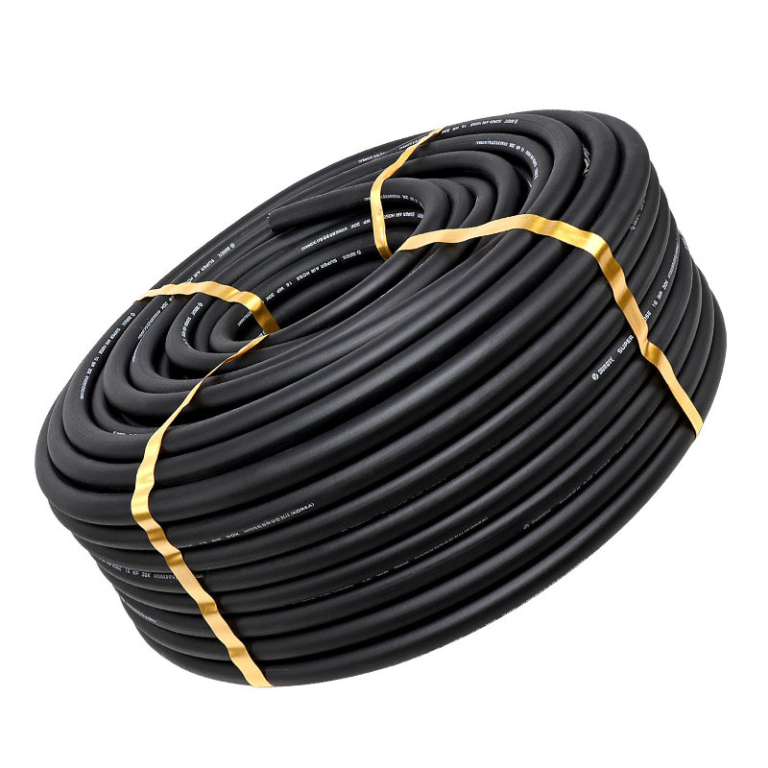Which is more wear-resistant, chloroprene rubber or nitrile rubber?
Nitrile butadiene rubber, also known as NBR.
It is made of butadiene and acrylonitrile by lotion polymerization. Nitrile rubber is mainly produced by low temperature lotion polymerization. It has excellent oil resistance, high abrasion resistance, good heat resistance and strong adhesion. Its disadvantages are poor low temperature resistance, poor ozone resistance, poor electrical performance, and slightly lower elasticity.
In addition, it also has good water resistance, airtightness, and excellent bonding performance. Widely used in the production of various oil resistant rubber products, various oil resistant gaskets, washers, sleeves, flexible packaging, flexible rubber hoses, printing and dyeing rubber rollers, cable rubber materials, etc., it has become an essential elastic material in industries such as automotive, aviation, petroleum, and photocopying.
Nitrile rubber has excellent oil resistance, second only to polysulfide rubber and fluororubber, and has wear resistance and airtightness. The disadvantage of nitrile rubber is that it is not resistant to ozone and aromatic, halogenated hydrocarbons, ketones, and ester solvents, and is not suitable as an insulation material.
Main purpose:
Nitrile rubber is mainly used to make oil resistant products, such as oil resistant pipes, tapes, rubber diaphragms, and large oil bags. It is commonly used to make various oil resistant molded products, such as O-rings, oil seals, cups, diaphragms, valves, corrugated pipes, etc. It is also used to make rubber plates and wear-resistant parts.
The vulcanized rubber of chloroprene rubber has high strength, good plasticity, moderate elasticity, resistance to oxygen and ozone aging, and oil resistance. Strong adhesion to many substances, good flame resistance and wear resistance, low breathability
Chloroprene rubber is widely used in general industrial products, automotive parts, wire and cable sheaths, adhesives, etc
Nowadays, chloroprene rubber is an indispensable and important special synthetic rubber material in the rubber product processing industry. Ordinary chloroprene rubber tends to crystallize at room temperature. Therefore, improved anti crystallization varieties have been developed by copolymerizing with specific monomers to suppress molecular arrangement.
Suggestions for the wear resistance of industrial belts: chloroprene rubber






